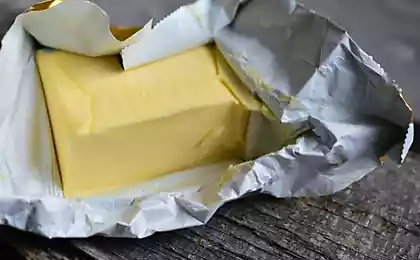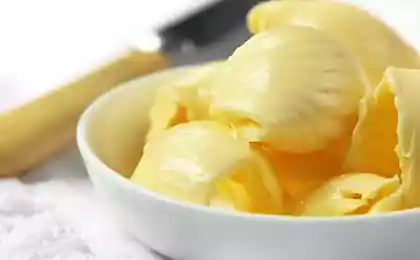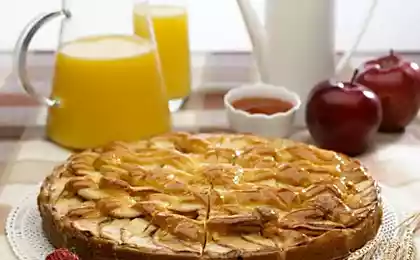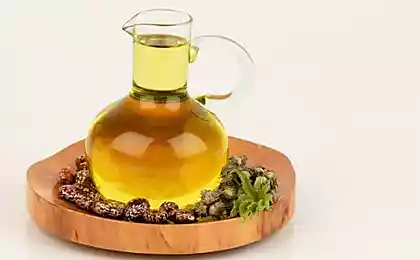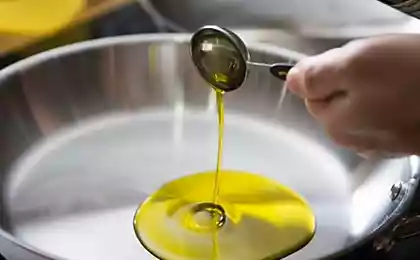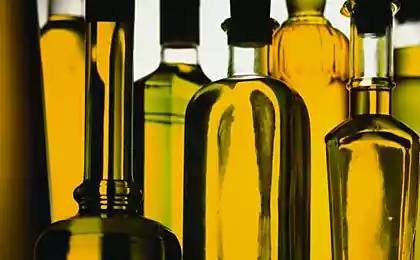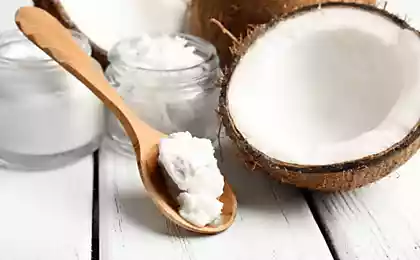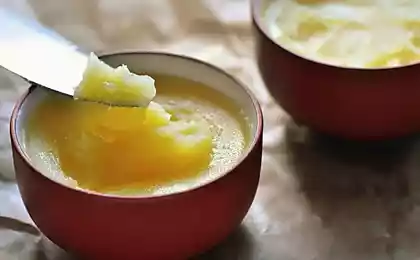600
How to determine the authenticity of butter

Increasingly it is argued that various spreads and Margarines are much healthier butter. Defenders of artificial products that appeal to the fact that butter contains huge amounts of cholesterol and harmful substances. Meanwhile oil is very good for health, nutritionists recommend daily to eat about twenty grams of this product. However, it is important that butter was a natural, made from cow's milk.
So how can you tell which is real butter, familiar from childhood, and where's the spread?
1. First look at the composition of the product. Real butter does not contain vegetable fats, it must include only whole milk and cream. If appear the names of different oils, whether peanut or palm, then this is definitely the margarine.
2. Look carefully at the label on the pack of the present cream of the product should be written "oil".
3. Please note when buying and the price of the product: this oil is quite expensive, but its FAT content should be? 82, 5 %
4. The color of the product will also help to distinguish the authenticity of the oil. You should alert the intensely yellow color, as well as quite white. Another sign of real butter — the lack of any smell. If the smell is felt through the packing, most likely, this pack is not oil.
5. You can define real butter and touch. The smaller a product is the percentage of fat, so it will be softer. This product should be solid. Also butter does not leave marks on the packaging when you opened it, and it will not stick to the knife.
6. When buying always look at the expiration date. Bulk butter can be stored for only ten days, in metal cans — up to three months. If the packaging cost more dramatic terms, it means that the product contains preservatives.
7. There are many ways to check the "authenticity" of this product at home. View as melting butter. If the surface appears droplets, it is margarine. Besides real butter should melt evenly.
8. Try to dissolve a piece of butter in warm water. If it is mixed evenly — it's all right. If it breaks into "chunks" — you bought the spread.
Source: www.ecology.md




